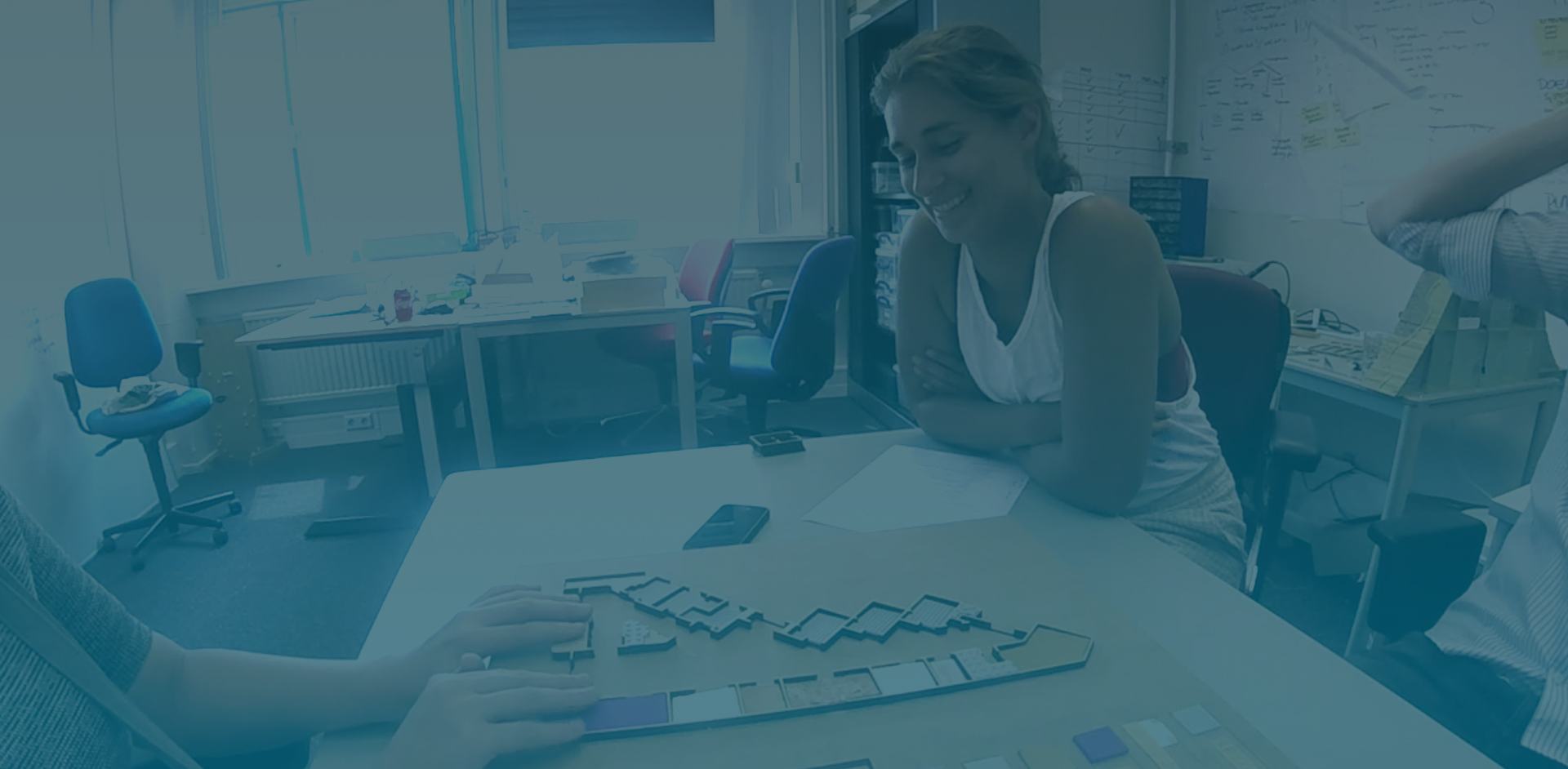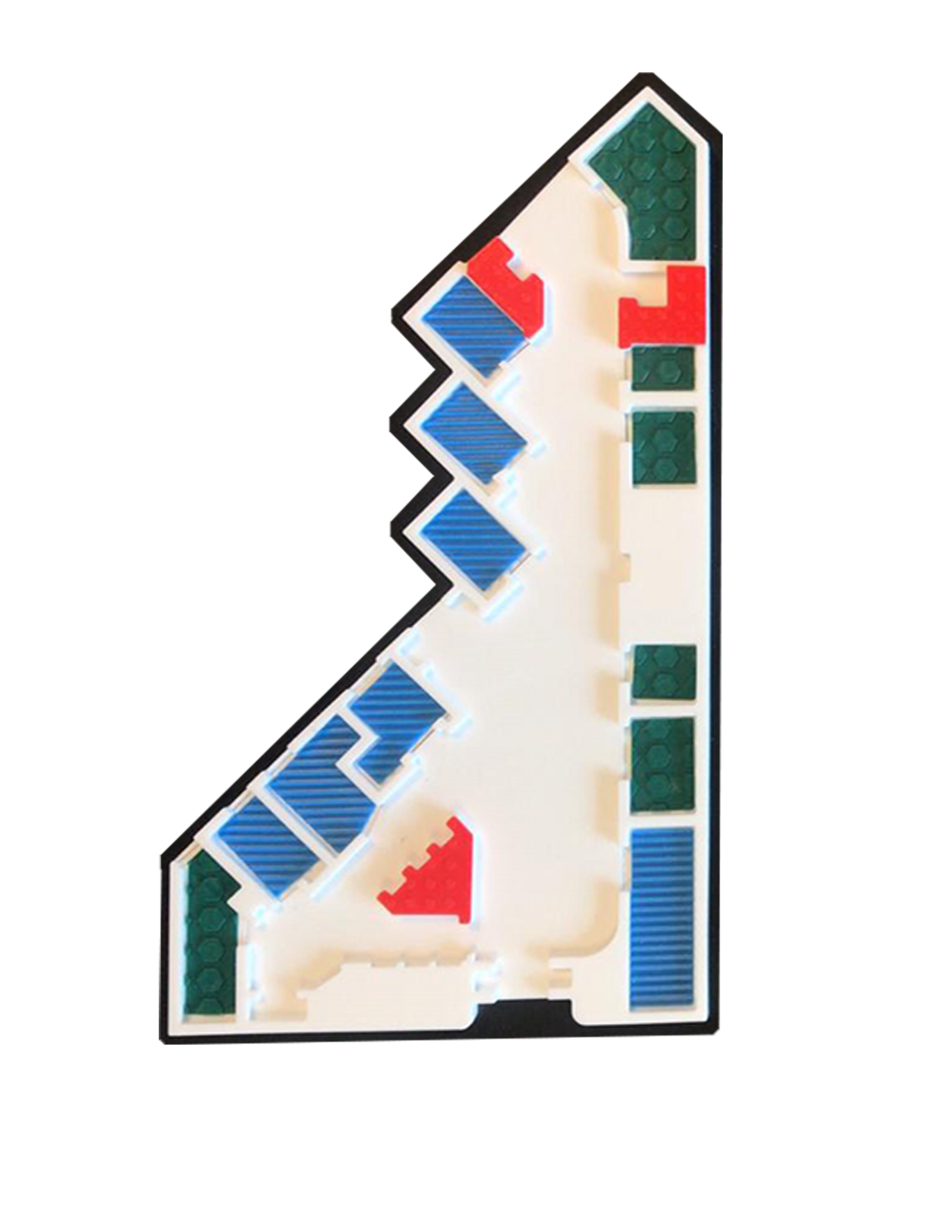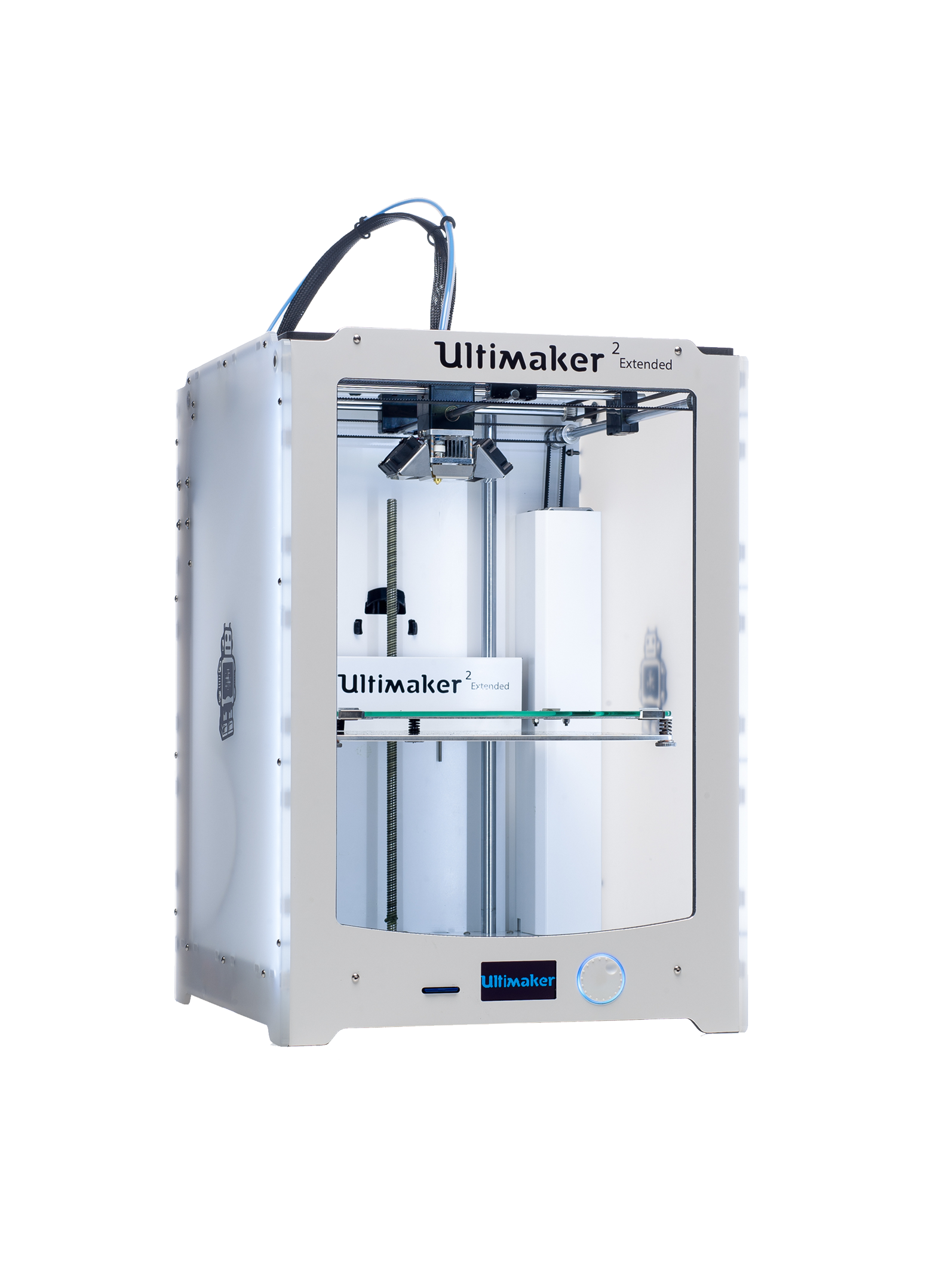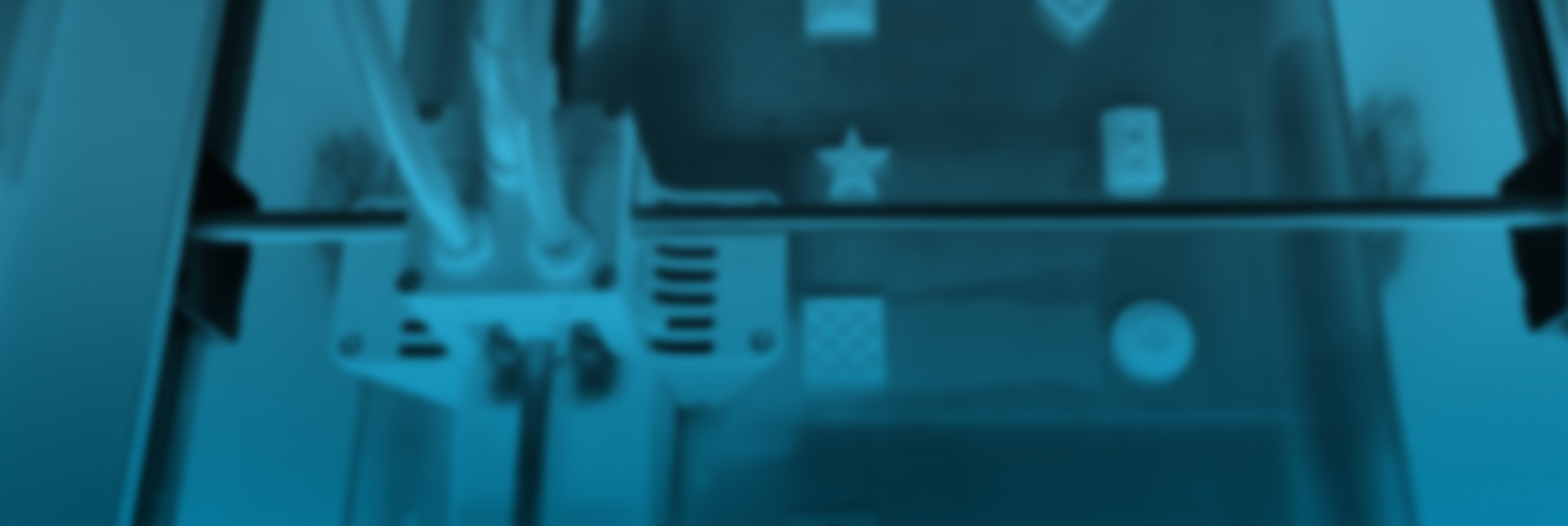How to formulate guidelines on creating accessible models to improve wayfinding for visually impaired in a building?
Project info
The visually impaired are able to translate a scaled down model to reality by means of touch, although currently they aren’t used very often or are inaccessible to use for the visually impaired.
The project’s focus was to formulate guidelines on creating accessible models to improve wayfinding for visually impaired people in a building.
We learned that the focus should be especially on the tactile experience. Surfaces should allow your fingers to slide over smoothly and quickly, no sharp edges and element shouldn’t become smaller than the tip of your finger. Robust materials, like wood and plastic, seemed to be more promising than fragile and soft elements.
As a final result, we build a model of a primary school for blind and visually impaired children, in which we translated and proved our discovered guidelines.
Process
The collaboration between Accessibility and Bartiméus allowed us to extensively research and test with the target group to discover their wishes and required information from the beginning of the process. This project also allowed us to explore and test the possibilities and applicability of modern digital production techniques, like 3D printing and lasercutting, for the blind user group, and material’s efficiency and sustainability.








